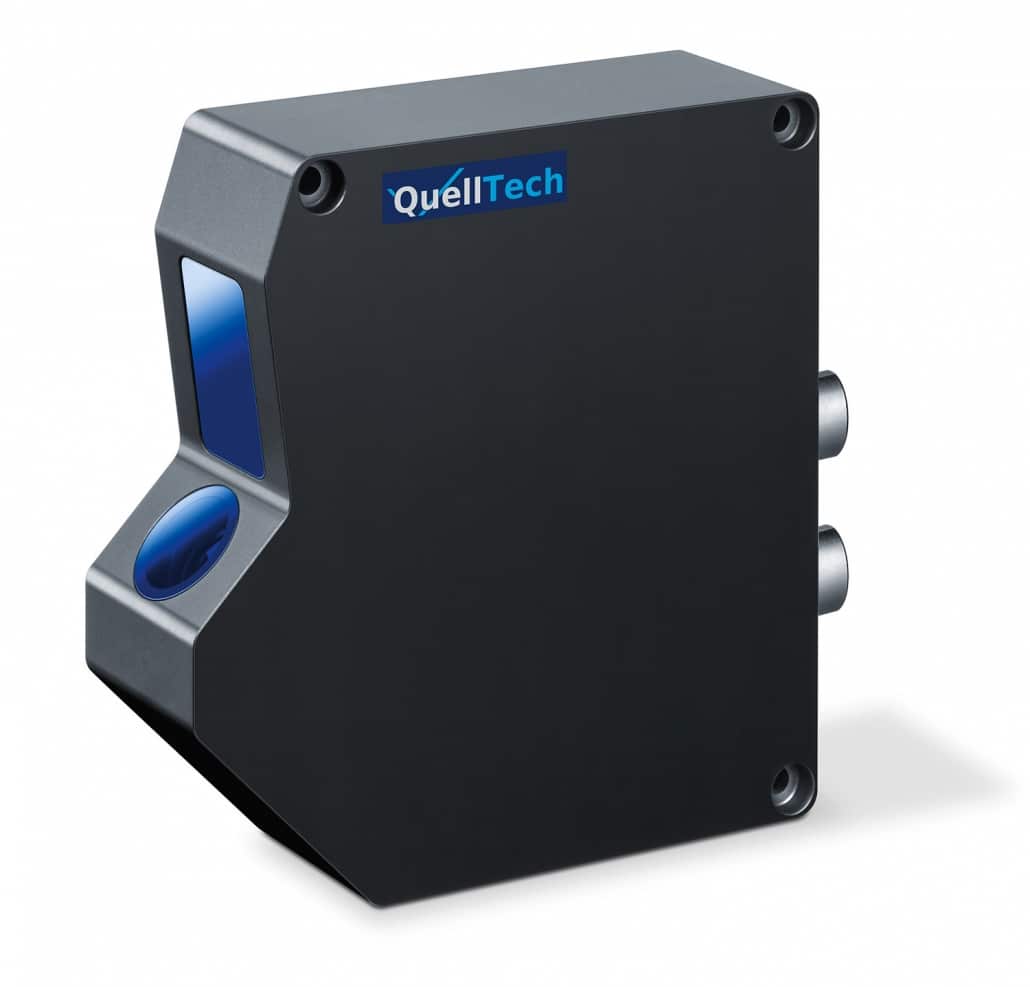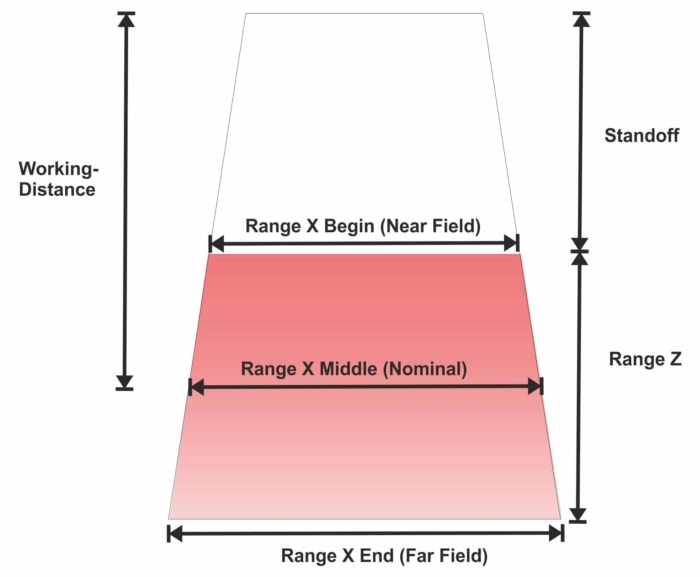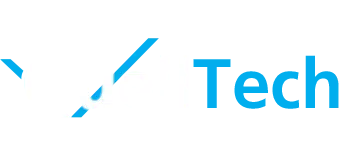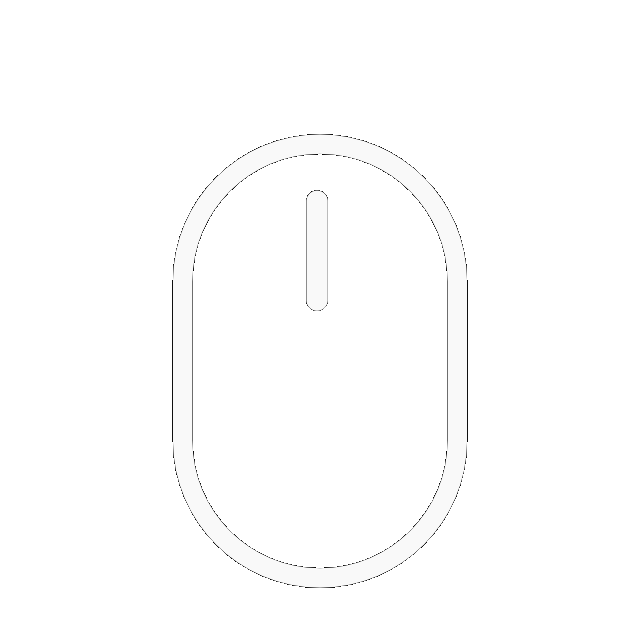Areas of Application and Use
The Measurement Principle of Laser Triangulation is an optimal Method for automatic, non-contact Measurement of:
- Laser Line Triangulation
- Free Shape Comparison
- Profile
- Width
- Height
- Depth
- Edge
- Groove
- Channel
- Bead
- Angle
- Channel
- Roundness
- Presence
- Planarity
- Parallelism
- Deformation
- Flushness
- Volume
- Position
- Completeness
- Track Accuracy
- Doubling


Advantages of Q5 Laser Scanners
Outstanding features include high resolution, a profile speed of 14,000 profiles per second, and up to 28 million points per second. Available laser wavelengths include 405/450 nm (blue) and 650 nm (red).
These Features make the Q5 Laser Scanner Product Line particularly versatile and powerful
- High Precision with a resolution of up to 0.3 µm.
- Reliable Measurements on highly reflective materials using special algorithms such as COG and Finite Impulse Response.
- Flexible Applications through master-slave configuration for multi-scanner operation.
- Enhanced Safety and Protection with integrated temperature sensors in the electronics and laser.
- 1 Trigger Input and an encoder input (RS422).
- Individually High-Precision Calibration processed directly within the scanner.
- Laser Safe Input for additional safety measures.
- Image Processing Software

Measurement Technology in Practice
- Layer Thickness Measurement
- Flatness Measurement
- Surface Inspection
- Inline Dimensional Accuracy Testing
- Weld Seam Inspection
- Adhesive Bead Monitoring
- Inline Quality Control of Forged Parts
- Measurement of Aluminum Slabs
- Angle Adjustment for Aircraft Flaps and Ailerons
- Inspection of Printed Circuits
- Preventive Maintenance
Frequently Asked Questions
By measuring the laser profiles against a tolerance band. Any deviations that exceed or fall below the tolerance band are recorded as “errors.”
In principle, unlimited, as it is possible to arrange several 3D laser scanners side by side in parallel to achieve large measurement widths with high resolution. Individual 3D laser scanners can measure up to 1.5 meters in width. The best resolutions, meaning the smallest distance between two adjacent pixels, are 0.5 µm in the z-axis and about 5 µm in the x-axis.
QuellTech’s 3D laser scanners can be made very robust and immune to ambient light, depending on the model. This is especially important in environments involving welding processes. For high heat exposure, QuellTech offers water/air coolers as laser scanner accessories. Vibrations can be compensated for by special methods. Dust and moisture are managed with IP 67 enclosures.
Not necessarily, but in some cases, it may be advisable. For example, in high ambient temperatures, such as those created when measuring glowing steel, both the cable routing and sensors must be positioned in a cooled enclosure. In very dusty environments, an enclosure with windows for the optical path and a slight overpressure of clean air can be used to prevent contamination.
In production processes where the measurement objects are transported on a conveyor belt or roller conveyor, the 3D laser scanners can be mounted in fixed positions, such as above the conveyor belt, to continuously measure the objects as they pass through.
A design-in process is carried out for this purpose. QuellTech evaluates the exact requirements and the available space within the machine. If necessary, adjustments are made to the sensor shape. After thorough testing of the software and its interaction with other systems of the production plant, the sensors can be installed in series once approved by the customer.
Typically, we can implement our projects remotely. For very complex commissioning, we are available on-site at any time. Further adjustments after project implementation can also be made remotely.
Our laser scanner generates a point cloud with several million measurement points, from which the flatness can be calculated directly.
By capturing several million measurement points and using proven specialized algorithms, deflection and torsion can be calculated precisely.
Our laser sensors can be equipped with high-power lasers in complementary wavelengths, such as blue (450 nm). This blocks the red or yellow emitted light from the object, allowing only the reflected blue laser light to be used for measurement, ensuring a stable measurement result.
By arranging sensors directly opposite each other on the surfaces, the thickness of a moving metal strip or body can be measured precisely. Vibrations that may occur are compensated for by this differential measurement method.
The laser sensor’s profile is projected onto both legs of the angle, and the angle is calculated from the reflected light using a specific angle algorithm.
Before the welding process, a laser scanner detects the position and gap width of the welding seam and transmits the correct position to the axis control of the welding system. The system then adjusts the welding torch to the correct position during the welding process.
A laser scanner is integrated directly after the welding process and follows the system. This sensor measures the weld seam geometry and issues an alarm in the event of welding errors, which can immediately stop the welding process. This enables the operator to correct the error early and prevent scrap.
During metal processing, burrs are created on edges that need to be rounded. To ensure that the rounding does not fall below or exceed specific radii, a laser scanner is used to measure the edge radius profile by profile using a circle-fitting method.
Can we help you with your Measurement Task?
We are happy to conduct an initial free test measurement for you, provide a feasibility assessment, and support you both technically and commercially in the next steps.
Contact us!
By submitting the contact form, you agree that your data will be used to process your request (further information and instructions on withdrawal can be found in the privacy policy).
Technical Contact
Your technically competent contact, Stefan Ringwald, will be happy to help you.
Understanding your Challenge
Our aim is to fully understand your specific technical requirements for your current measurement task.
Well-founded Solution Proposal
Thanks to many years of experience with complex tasks in the field of 3D laser measurement, you will receive well-founded solution proposals from us.



